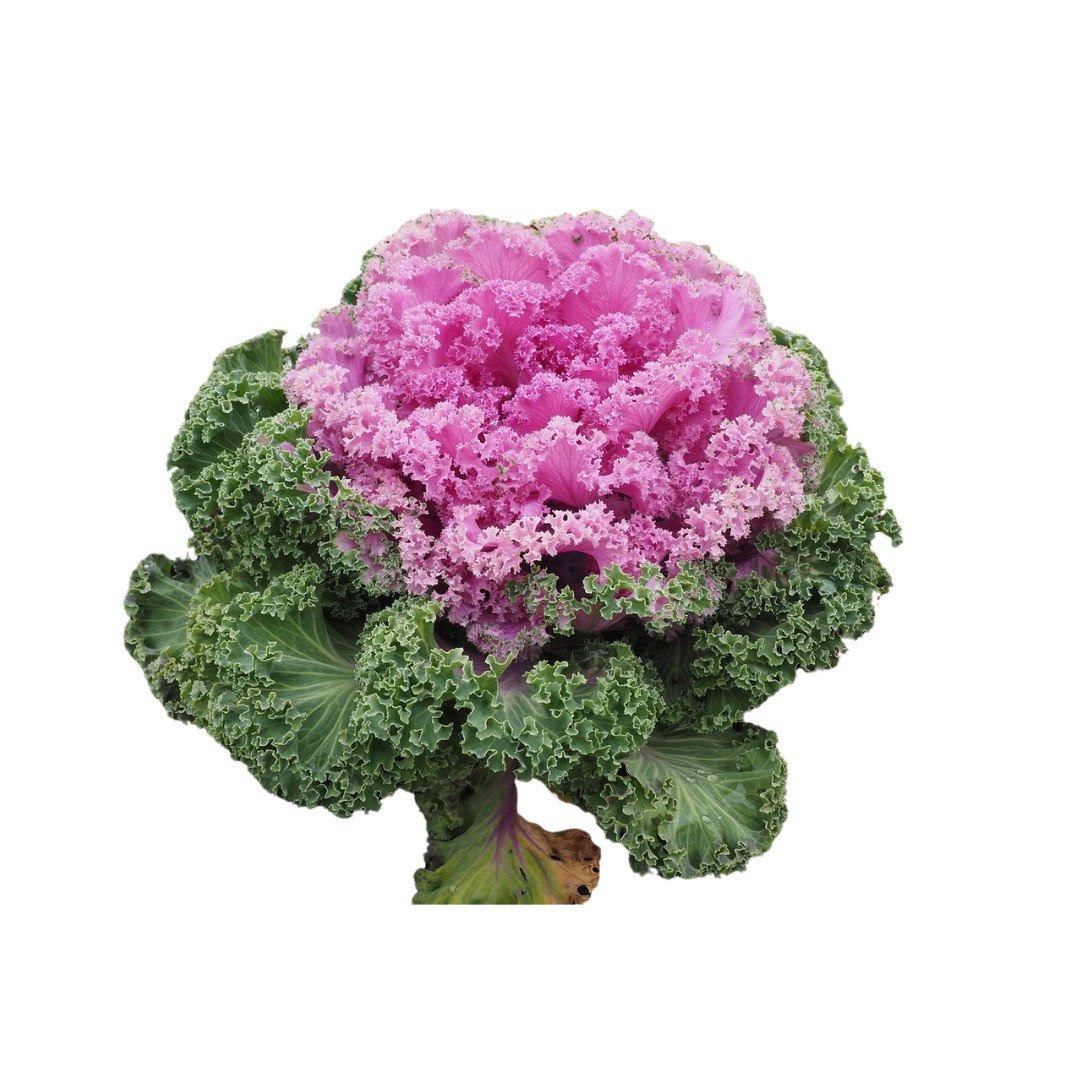Cabbage (Pointed cabbage)

Cabbage (Pointed cabbage)
Brassica oleracea var. acephala
Plant family
Crucifers (Brassicaceae)
Cultivation Break
3 Years
Season Overview
Propagating
Planting
Harvest
J
F
M
A
M
J
J
A
S
O
N
D
Details
Light requirement
Sunny
Water requirement
Moist
Soil
Medium (loamy)
Nutrient requirement
High
Dark germinator
Germination temperature
15 - 18 °C (Degrees Celsius)
Plant distance
40 cm
Row spacing
50 cm
Seeding depth
0.5 cm
Instructions
Description
The slender variety of white cabbage offers many advantages: pointed cabbage is particularly tender and well tolerated. It is also ideal for smaller gardens, because it does not take up as much space as other types of cabbage. In addition, you can make delicious sauerkraut with pointed cabbage. Because of its smaller size, pointed cabbage takes less time to grow, which means it can be harvested relatively early (May). In addition, its leaves are more tender than those of the large white cabbage, making it particularly tasty and more digestible. Therefore, however, the shelf life of pointed cabbage is not quite as good as that of other types of cabbage.
Origin:
Europe
Growing tips
For germination cabbage plants need a germination temperature of about 16-20 ° C and sufficient light and moisture. Therefore, it is best to place the pots on a windowsill or in a heated greenhouse. Plant out from March. Be sure to cover the sensitive young plants with a fleece at night to prevent them from freezing. Mulching helps prevent the plants from drying out and weeds from growing. Late varieties can be sown until August. But then keep well moist to ensure good growth. If cabbage varieties do not have enough space, they will form much smaller heads. Before planting, you should prepare your bed with organic fertilizer. You can use rotted manure and horn meal for this purpose. Compost alone is often not sufficient as a source of nutrients for cabbage, so you can mix it with horn shavings. A thicker layer of mulch (e.g., from dried lawn clippings) also provides nutrients. During the growth phase you can fertilize with nettle manure and rock flour. Organic liquid fertilizer also supports the growth of your plants.
Companion Plants
Aubergine / Eggplant
Bean (Dwarf bean)
Bean (Runner bean)
Carrots
Celery (Celeriac / Celery root)
Celery (Celery)
Celery (Leaf celery / Chinese celery)
Chard
Chickpea
Lettuce (Common chicory)
Lettuce (Endive / Escarole / Erisée)
Lettuce (Lamb's lettuce)
Lettuce (Lettuce)
Lettuce (Oriental greens / Brown mustard)
Lettuce (Radicchio / Italian chicory)
Lettuce (Sugar loaf)
Miner's lettuce / Indian lettuce / Winter purslane
Nasturtium
Pea
Pepper / Paprika
Potato
Spinach (Summer)
Spinach (Winter)
Sweet pea
Tomato (Bush tomato)
Tomato (Cocktail bush tomato)
Tomato (Cocktail Stake Tomato)
Tomato (Stake tomato)
Antagonistic Plants
Broccoli
Broccoli raab / Stem cabbage / Cima di rapa
Brussels sprouts
Cabbage (Cabbage)
Cabbage (red cabbage)
Cabbage (Savoy cabbage)
Cauliflower
Chives
Collard greens
Collard greens (Kale)
Collard greens (Tuscan kale / Dinosaur kale / Palm tree kale)
Garlic
Garlic chives
Gemüsekohl - Flower Sprouts / Kohlröschen
Gemüsekohl - Kai-Lan / Chinesischer Brokkoli
Kaplilien / Kaplauche
Kohlrabi / German turnip / Turnip cabbage
Leeks
Napa cabbage / Chinese cabbage
Onion
Onion (Spring onion)
Strawberry
Wild garlic
Zierlauche
Diseases
Downy mildew
Club root of cabbage
Pests
Flea beetles
Land snails
Cabbage fly
Aphids
Cabbage white